On June 18, 2025, the U.S. Food and Drug Administration (FDA) took formal enforcement action against Lystn LLC, a company more widely known by its brand name, Answers Pet Food. The company, which operates out of Elizabethville, Pennsylvania, was issued an official Warning Letter by the FDA, signaling significant concerns about its compliance with federal pet food safety regulations.
This regulatory action came after a comprehensive inspection of the company’s manufacturing facility, which was carried out over a span of several months, from July 18 to October 4, 2024. During this period, FDA inspectors conducted an in-depth review of Lystn LLC’s operational practices, facility conditions, and record-keeping systems to determine whether the company was meeting the mandatory safety standards required for producing pet food in the United States.
Unfortunately, the inspection revealed multiple serious violations of the Current Good Manufacturing Practice (CGMP) regulations as outlined in Title 21 of the Code of Federal Regulations (CFR), Part 507. These regulations are specifically designed to ensure that animal food is safe, produced under sanitary conditions, and accurately labeled. The agency concluded that the company had failed to adhere to these important safety standards, potentially putting both animals and consumers at risk.
In issuing the Warning Letter, the FDA emphasized the need for immediate corrective actions and informed the company that failure to address the violations could result in additional regulatory or legal consequences, including product seizures or injunctions.
WARNING LETTER:
Lystn LLC dba Answers Pet Food
MARCS-CMS 694680 — June 18, 2025
Delivery Method: VIA Electronic Mail
Product: Animal & Veterinary
Recipient: Keith Hill
Owner Lystn LLC dba Answers Pet Food, 38 South Franklin Street, Elizabethville, PA 17023, United States
khill@lystnllc.com
Issuing Office:
Center for Veterinary Medicine
United States
WARNING LETTER
CMS # 694680
June 18, 2025
Dear Mr. Hill,
The U.S. Food and Drug Administration (FDA) conducted an inspection of your raw pet food manufacturing facility, located at 38 South Franklin Street, Elizabethville, Pennsylvania, from July 18 through October 4, 2024. We received and evaluated your written responses to the Form FDA 483, Inspectional Observations, dated October 18, 2024, and November 12, 2024.
During the inspection, FDA Investigators found evidence of significant violations of FDA’s Current Good Manufacturing Practice, Hazard Analysis, and Risk-Based Preventive Controls for Food for Animals requirements, Title 21, Code of Federal Regulations, Part 507 (21 CFR part 507), which cause your products to be adulterated in that they were prepared, packed, or held under insanitary conditions whereby they may have become contaminated with filth, or whereby they may have been rendered injurious to health.1 The introduction or delivery for introduction into interstate commerce of any food that is adulterated is a prohibited act.2 Also, failure of the owner, operator, or agent in charge of a covered facility to comply with the preventive controls requirements of 21 CFR part 507 (located in subparts A, C, D, E, and F of Part 507) is a prohibited act.3
On August 22, 2024, an FDA Investigator purchased samples of your Answers raw pet food from a retailer in Nevada in response to consumer complaints. Sample analysis revealed that all four sampled lots contained Salmonella and/or Listeria monocytogenes, as described below. Therefore, your Answers Pet Food Raw Beef Detailed Formula, lot May 06 2026, Answers Pet Food Raw Beef Straight Formula, lot Jan 31 2026, and your Answers Pet Food Straight Chicken Formula, lots Jan 02 2026 and Mar 11 2026, are adulterated in that they bear or contain a poisonous or deleterious substance which may render them injurious to health.4 FDA issued a public advisory on September 23, 2024.
You may find the Act and FDA’s regulations through links in FDA’s homepage at www.fda.gov.
At the close of the inspection, you were issued a Form FDA 483, Inspectional Observations. As noted above, we received your written responses dated October 18, 2024, and November 12, 2024. We have reviewed your responses, and we discuss your corrective actions below, in relation to each of the noted violations.
Hazard Analysis and Risk-Based Preventive Controls Requirements
Your animal food facility is subject to the Hazard Analysis and Risk-Based Preventive Controls requirements found in 21 CFR part 507, subparts A, C, D, E, and F. During our inspection of your facility, the FDA Investigators observed evidence of significant violations of these requirements including the following:
1. You did not identify and implement preventive controls to provide assurances that any hazards requiring a preventive control are significantly minimized or prevented and the animal food manufactured, processed, packed, or held by your facility will not be adulterated under section 402 of the FD&C Act, as required by 21 CFR 507.34(a)(1).
a. Your hazard analysis titled, “Food Safety Plan; Raw Ground Beef Pork and Poultry Biologically Appropriate Pet Food: Not for Human Consumption, and (b)(4) Ground Pork and Chicken Nibbles,” dated June 24, 2024, identifies biological hazards including Salmonella spp., Escherichia coli, and L. monocytogenes as hazards requiring a preventive control at the receiving, whey spraying, and mixing steps. Your food safety plan identifies process, sanitation, and supply chain preventive controls as part of your “(b)(4) technology” to control pathogens. Yet, your preventive controls are not adequate as shown by the following samples of four products collected at retail and analyzed by FDA that contain Salmonella, L. monocytogenes, or both:
• Sample 1270738, Answers Pet Food Raw Beef Detailed Formula, lot May 06 2026, 4-lbs., contained Salmonella Newport and L. monocytogenes.
• Sample 1270739, Answers Pet Food Raw Beef Straight Formula, lot Jan 31 2026, 4-lbs., contained L. monocytogenes.
• Sample 1270740, Answers Pet Food Straight Chicken Formula for Dogs, lot Jan 02 2026, 4-lbs., contained Salmonella Kentucky.
• Sample 1270741, Answers Pet Food Straight Chicken Formula for Dogs, lot Mar 11 2026, 4-lbs., contained Salmonella Typhimurium.
b. You did not implement sanitation controls to provide assurances that your facility is maintained in a sanitary condition adequate to significantly minimize or prevent the hazard of environmental pathogens, as required by 21 CFR 507.34(a)(1) and (c)(2).
Your hazard analysis identified Sanitation Standard Operating Procedures (SSOPs) and current good manufacturing practices (CGMPs) as a preventive control for biological hazards (which include pathogens) in your raw pet food at steps (b)(4) of your whey mixture containing lactic acid bacteria (LAB). Inspectional findings that indicate your sanitation preventive control is inadequate include:
i. FDA Investigators collected environmental samples on July 23, 2024, under sample 1263703, that revealed the presence of L. monocytogenes on seven surfaces in your facility, including Zone (b)(4) food-contact surfaces.
• Subsample 15, Zone (b)(4), collected on the (b)(4) above the (b)(4) grinder hopper.
• Subsample 20, Zone (b)(4), collected on the (b)(4) of the mixer.
• Subsample 30, Zone (b)(4), collected on the (b)(4) next to the (b)(4).
• Subsample 34, Zone (b)(4), collected on the (b)(4) next to the (b)(4) adjacent to the (b)(4) table.
• Subsample 36, Zone (b)(4), collected on an apparent (b)(4) for the (b)(4) directly above the (b)(4) conveyer from the (b)(4) grinder to the (b)(4) grinder.
• Subsample 41, Zone (b)(4), collected on a (b)(4) of a (b)(4) in the food manufacturing area.
• Subsample 44, Zone (b)(4), collected on the (b)(4) leading to the (b)(4).
ii. FDA conducted whole genome sequencing (WGS) analysis and determined environmental subsamples 15 and 30 are a genetic match to the L. monocytogenes isolate recovered from the finished product sample 1270738, which consists of Answers Pet Food Raw Beef Detailed Formula, lot May 06 2026, manufactured at your facility on May 6, 2024.
Evaluation of your response:
Your written responses re-emphasize that your “(b)(4) technology” is implemented to control pathogens in your raw pet food products. However, the preventive controls you established did not control pathogens in your finished products, as demonstrated by the evidence above. In addition, you updated the following procedures and provided copies to the FDA Investigator at the close of the inspection: “Pre-requisite Program for Environmental Control and Monitoring for Salmonella and Listeria Sanitation Testing Verification,” dated August 23, 2024, and “SSOP for Cleaning the Plant,” dated September 30, 2024. In your response dated October 18, 2024, you said you discussed FDA’s observations with your staff, you are increasing cleaning and sanitizing prior to production, and you are implementing additional swabbing and environmental testing. However, we are unable to assess these changes because you did not provide supporting evidence that the new procedures provided in the exhibits to your response have been consistently and adequately implemented. We will verify and evaluate your corrections during the next inspection. We encourage you to provide us with documentation of implementation of your corrections in follow-up correspondence.
2. You did not determine and conduct appropriate supplier verification activities and satisfy all documentation requirements, as required by 21 CFR 507.115(a)(2).
Your hazard analysis identifies a supply-chain-applied control at the ingredient receiving step for “frozen meat poultry cod livers and eggs components [sic]” to control “[p]athogenic bacteria introduced at this step.”
Your procedure “Program for Supply Chain Control,” dated July 24, 2024, indicates that when applicable you will collect letters of guarantee (LOGs) and/or certificates of analysis (COAs) from your suppliers. As part of a supply-chain program, a supplier may conduct and document sampling and testing of raw materials and other ingredients, for the hazard controlled by the supplier, as a supplier verification activity for a particular lot of product and provide such documentation to the receiving facility, provided that the receiving facility reviews and assesses that documentation, and documents that review and assessment, in accordance with 21 CFR 507.115(a)(4).
However, you were unable to provide COAs for turkey and pork ingredients used to manufacture your raw pet food between July 22 and July 24, 2024.
Your Food Safety Plan and your letter to FDA dated August 22, 2024, state that you collect LOGs from your raw protein suppliers (other than beef suppliers) and firm management confirmed that these suppliers do not issue COAs showing testing for their ingredient shipments. The LOGs are not for particular lots of product and assert generally that your suppliers’ ingredients are not in violation of the FD&C Act or other relevant food safety laws. Your beef suppliers are to submit COAs regarding control of pathogenic E. coli via compliance with USDA regulations. Despite the LOGs from your suppliers (other than beef) and your COAs for pathogenic E. coli from your beef suppliers, FDA found that four lots of your product are contaminated with pathogens.
Furthermore, unless there is a written determination otherwise, when a supply-chain applied control is used for a hazard for which there is a reasonable probability that exposure to the hazard will result in serious adverse health consequences or death to humans or animals (SAHCODHA), the appropriate supplier verification activity is an annual onsite audit of the supplier, as required by 21 CFR 507.130(b). Salmonella and L. monocytogenes are hazards with the reasonable probability to cause SAHCODHA. You did not provide documentation of annual onsite audits for your suppliers during the inspection, and you do not have a written justification for accepting LOGs and/or COAs from ingredient suppliers in lieu of an annual onsite audit at your suppliers.
Evaluation of your response:
In your October 18, 2024 response, you explained that you purchase only raw protein ingredients that are USDA “inspected and approved” as your supply-chain control, which you say means that “microbiological accepted methods by USDA” have been used. You offer no proposed corrections with regard to the supply-chain pathogen control or the documentation provided by your suppliers. FDA previously informed you of the regulatory requirements regarding supply-chain preventive control programs, including during the Regulatory Meeting held on June 21, 2023.
Current Good Manufacturing Practice (CGMP) Requirements
Your animal food facility is subject to the CGMP requirements found in 21 CFR part 507, Subparts A, B, and F. During the inspection of your facility, the FDA Investigators observed evidence of significant violations of these requirements, which included:
3. You did not ensure adequate precautions were taken so that plant operations do not contribute to contamination of animal food, animal food-contact surfaces, and animal food packaging materials, as required by 21 CFR 507.25(a)(5).
a. On July 22, 2024, during the production of raw Frozen Straight Turkey dog food, an employee removed packaging material from frozen blocks of turkey and subsequently placed their hand on the lip of the trash compactor. The employee resumed unpackaging and loading frozen blocks of turkey into (b)(4) without changing gloves or washing their hands.
b. On July 23, 2024, during the production of raw Nibbles Raw Pork Formula dog food, Investigators observed an employee use a water hose to spray areas around the (b)(4) patty machine, including a spatula, the machine’s (b)(4), and the floor. Investigators observed water splash from non-food contact surfaces on in-process pet food.
Evaluation of your response:
In your October 18, 2024 response you state that the observations will be discussed with your staff, addressed and documented through CGMPs, and added to your SOPs. However, your response does not include supporting documentation to demonstrate that any corrections have been completed and are adequately and consistently implemented. Therefore, we are unable to fully evaluate the adequacy of your response. We encourage you to provide documentation of your corrective actions in follow-up correspondence.
Undesirable Microorganisms in Your Pet Food and Your Processing Environment
You manufacture raw pet food and the practices described above are ways in which the pet food you manufacture could become contaminated by undesirable microorganisms. Undesirable microorganisms include microorganisms that are pathogens, that subject animal food to decomposition, that indicate that animal food is contaminated with filth, or that otherwise may cause animal food to be adulterated.5
As described above, FDA analysis of four lots of your pet food purchased at retail revealed that these lots contained undesirable microorganisms, specifically, Salmonella Newport, L. monocytogenes, Salmonella Kentucky, and Salmonella Typhimurium. In addition, described above are environmental samples that FDA collected during the inspection that revealed the presence of L. monocytogenes on seven surfaces in your facility, including Zone (b)(4) food-contact surfaces. FDA’s WGS analysis determined two environmental subsamples are a genetic match to the L. monocytogenes isolate found in one of the pet foods FDA sampled.
The presence of undesirable microorganisms in your finished product and processing environment, including food-contact surfaces, is further evidence of the significance of your violations of the animal food Current Good Manufacturing Practice, Hazard Analysis, and Risk-Based Preventive Controls requirements and demonstrates that your practices are not adequate to prevent or mitigate biological hazards. We encourage you to pursue corrective actions and will verify their adequacy during a future inspection.
Conclusion
This letter is not intended to be an all-inclusive statement of violations that may exist at your facility or in connection with your products. You are responsible for investigating and determining the causes of any violations and for preventing their recurrence or the occurrence of other violations. It is your responsibility to ensure that you comply with all requirements of federal law and FDA regulations.
This letter notifies you of our concerns and provides you an opportunity to address them. You should take prompt action to correct any violations. Failure to adequately address this matter may lead to legal action, including without limitation, seizure, and injunction.
For more information about FDA’s current thinking on the requirements of 21 CFR Part 507, see:
• Guidance for Industry #235, Current Good Manufacturing Practice Requirements for Food for Animals https://www.fda.gov/media/97464/download
• Guidance for Industry #245, Hazard Analysis and Risk-Based Preventive Controls for Food for Animals https://www.fda.gov/media/110477/download
• Draft Guidance for Industry #246: Hazard Analysis and Risk-Based Preventive Controls for Food for Animals: Supply Chain Program https://www.fda.gov/media/113923/download
Within fifteen (15) working days of receipt of this letter, please notify this office in writing of the specific steps that you have taken to correct any violations. Include an explanation of each step being taken to prevent the recurrence of violations, as well as copies of related documentation. If you cannot complete corrective actions within fifteen (15) working days, state the reason for the delay and the time within which you will complete the correction. If you believe that your products are not in violation of the FD&C Act, include your reasoning and any supporting information for our consideration.
The Food & Drug Administration, Center for Veterinary Medicine, Office of Surveillance and Compliance is encouraging electronic submission of any response you choose to submit to this letter. We encourage you to submit files up to 100 megabytes in a single email, and to divide files greater than 100 megabytes so they may be submitted as smaller files in separate emails. If you submit electronic correspondence, please ensure that your facility’s name, the CMS number at the top of this letter, and the inspection location are included in your correspondence. We intend to issue an electronic acknowledgement upon receipt of your email.
Please direct your electronic correspondence to Compliance Officer Andrew J. Howard at Andrew.Howard@fda.hhs.gov.
If you have questions regarding this letter, please contact Compliance Officer Andrew J. Howard by telephone at (410) 779-5125, or by email at Andrew.Howard@fda.hhs.gov.
Sincerely,
/S/
Isaac K. Carney
Director of Food Compliance, Office of Surveillance and Compliance
Center for Veterinary Medicine
U.S. Food and Drug Administration
U.S. Department of Health and Human Services
________________________
1 See Section 402(a)(4) of the Federal Food, Drug, and Cosmetic Act [21 U.S.C. § 342(a)(4)], and 21 CFR 507.1(a)(1)(ii).
2 See Section 301(a) of the FD&C Act [21 U.S.C. § 331(a)].
3 See Section 301(uu) of the FD&C Act [21 U.S.C. § 331(uu)].
4 See Section 402(a)(1) of the FD&C Act [21 U.S.C. § 402(a)(1)].
5 21 CFR 507.3

 11 hours ago
2
11 hours ago
2

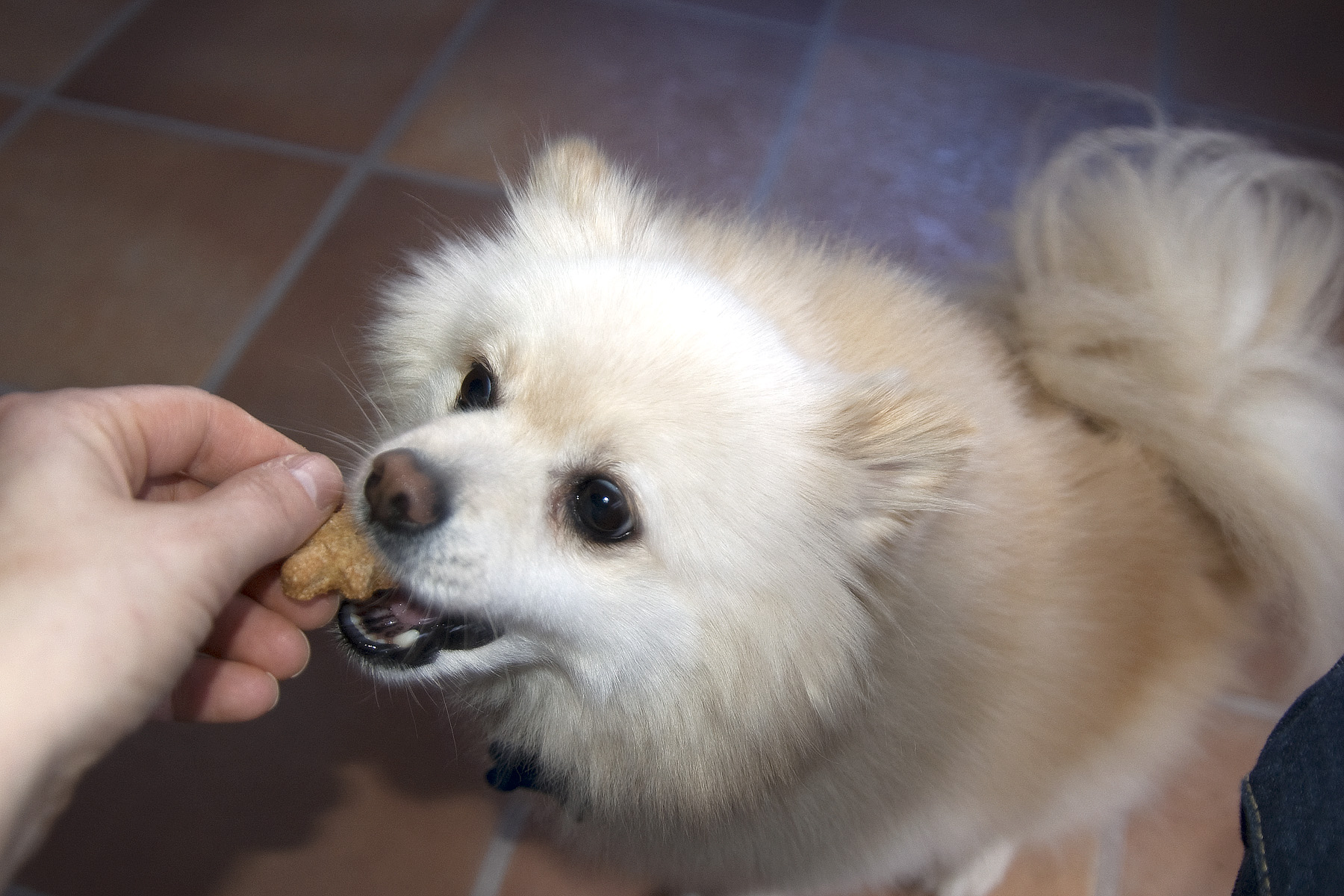

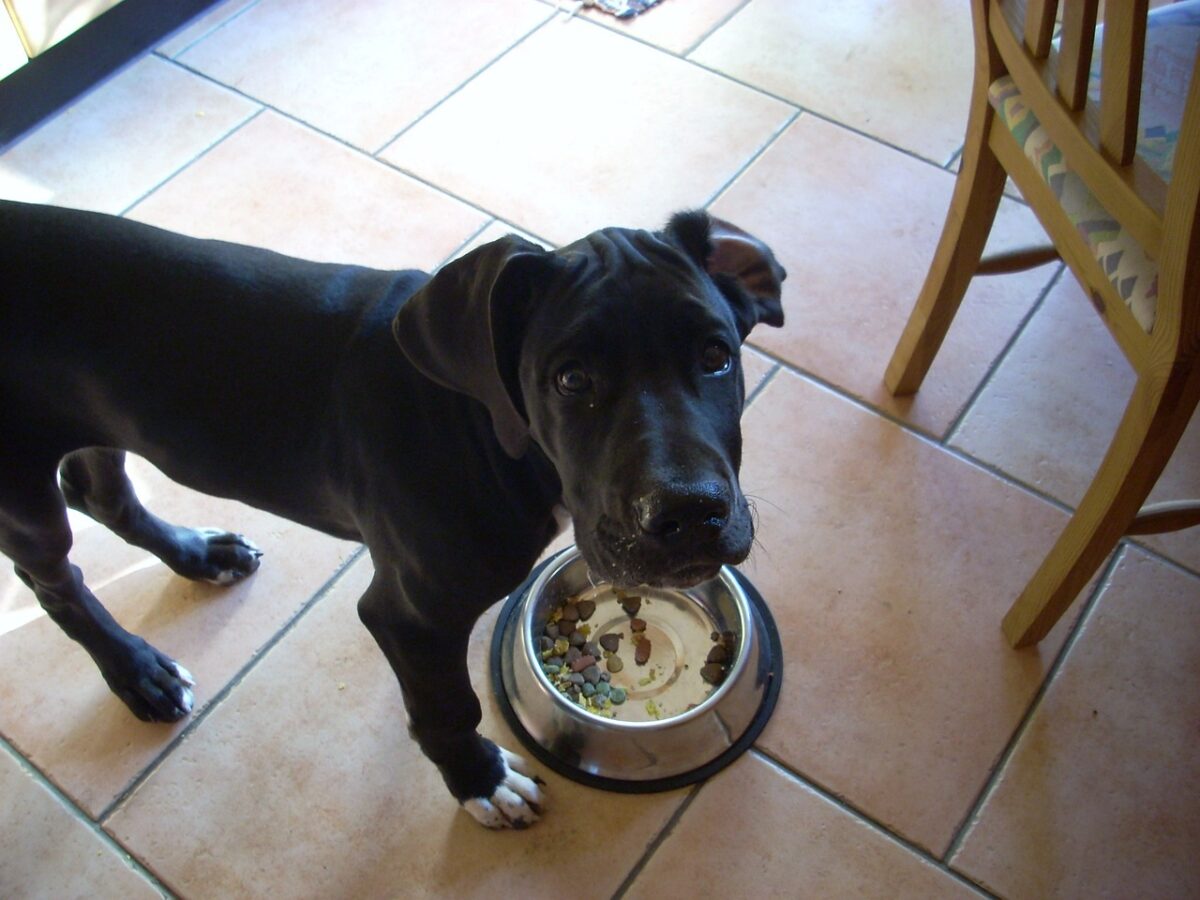
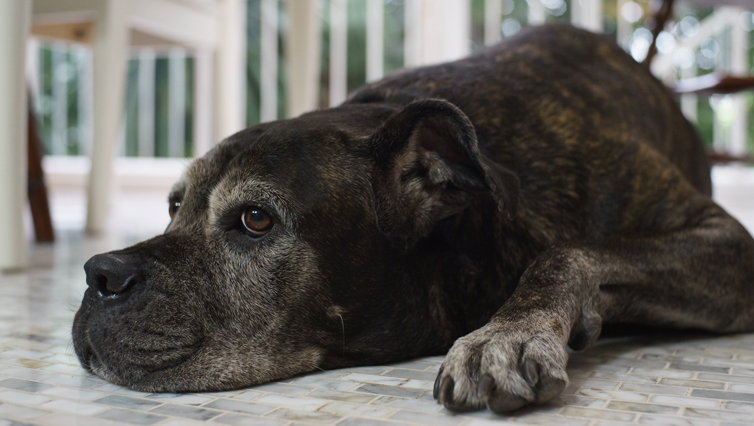

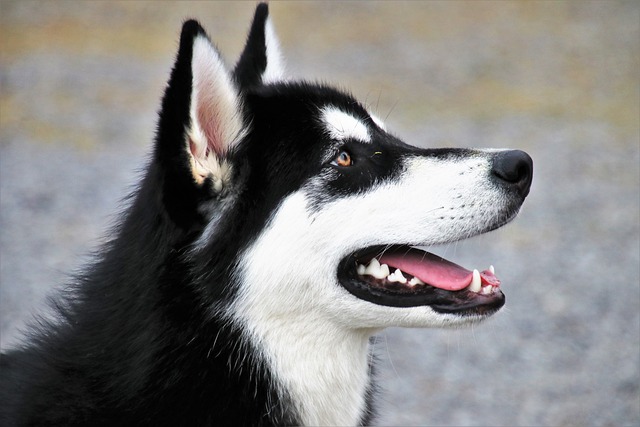
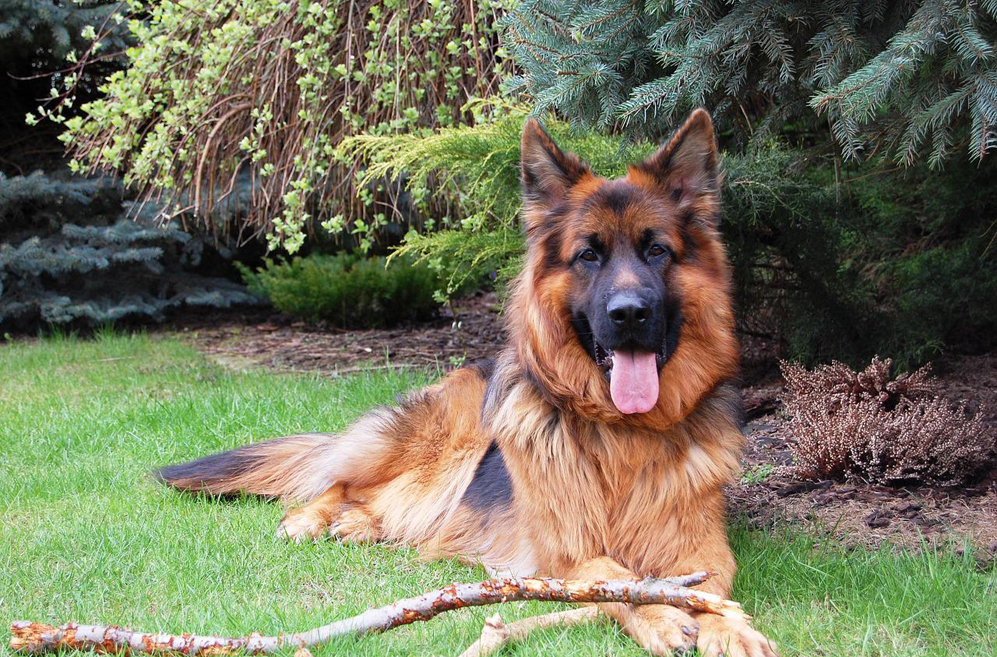





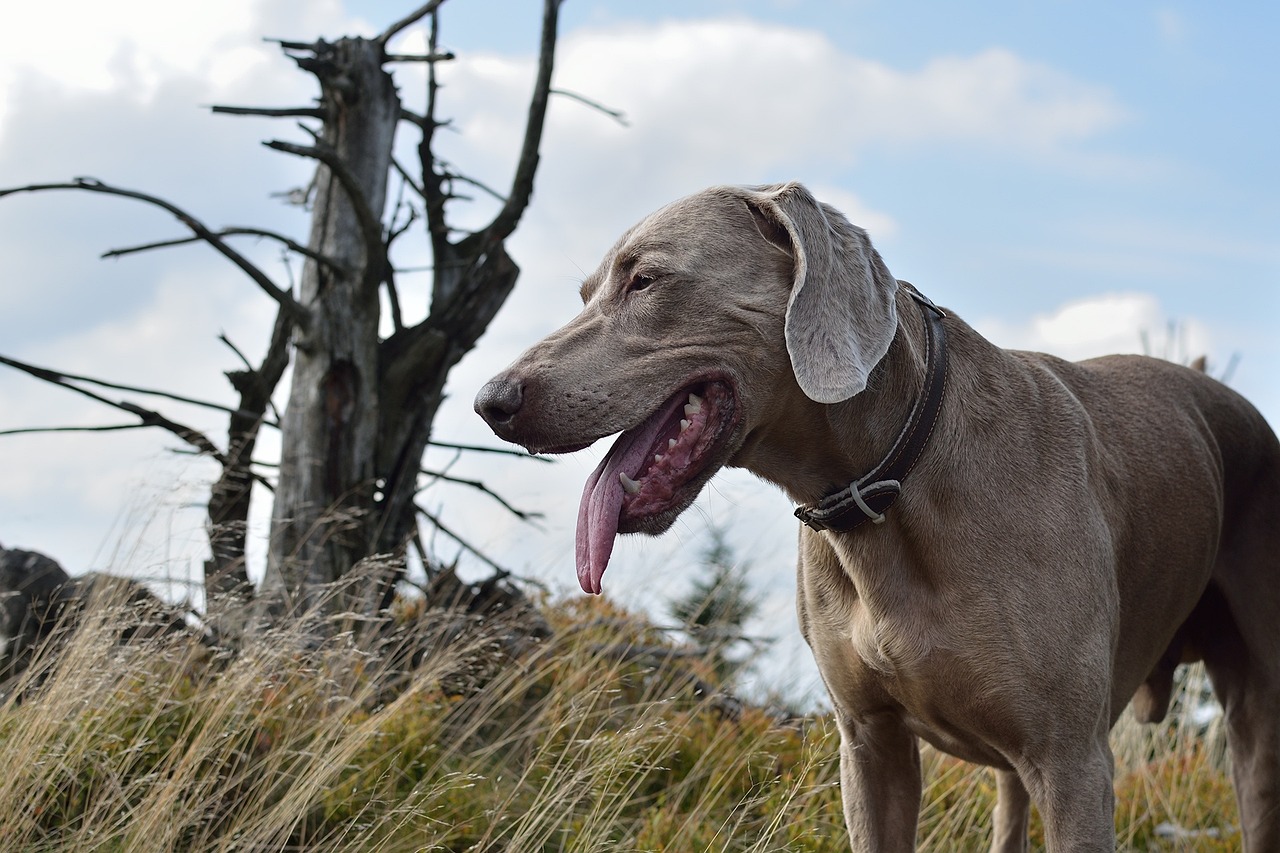

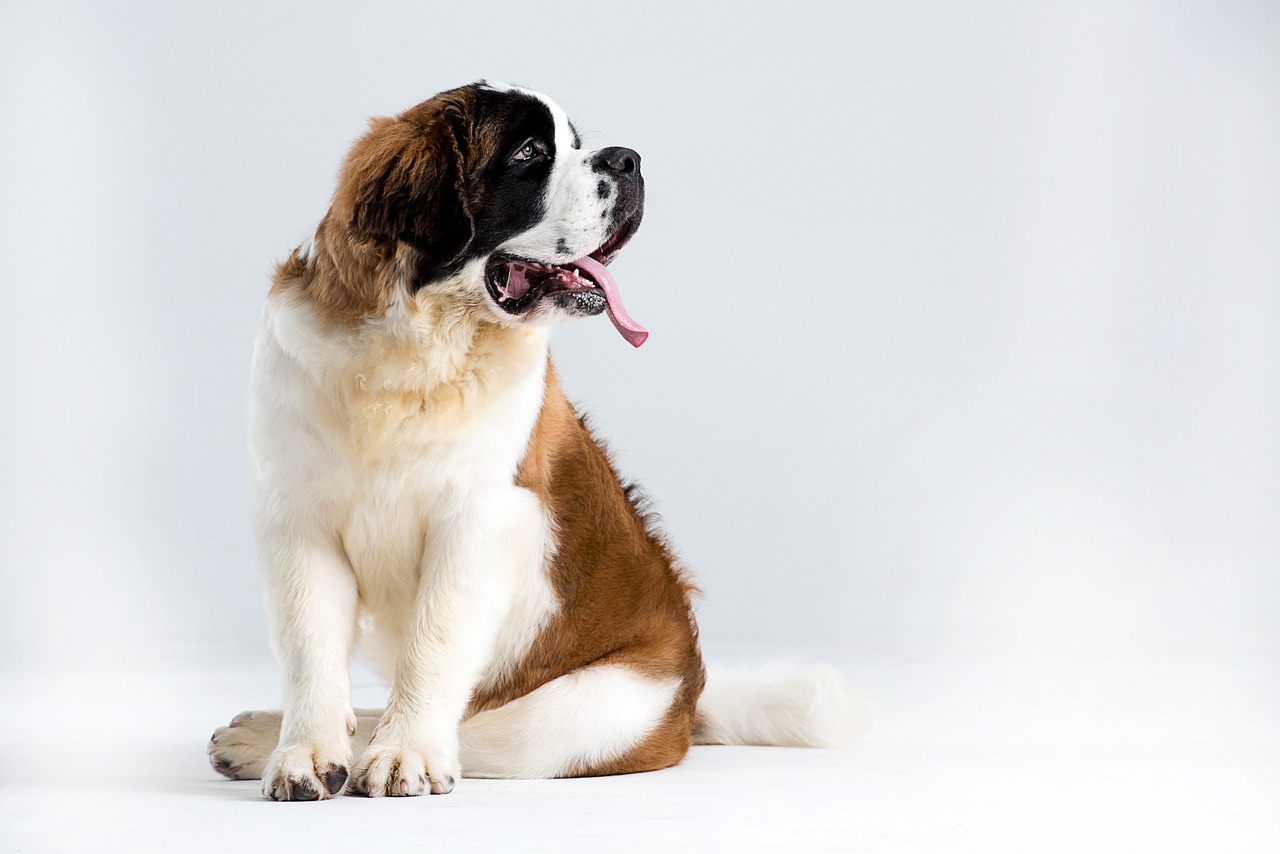

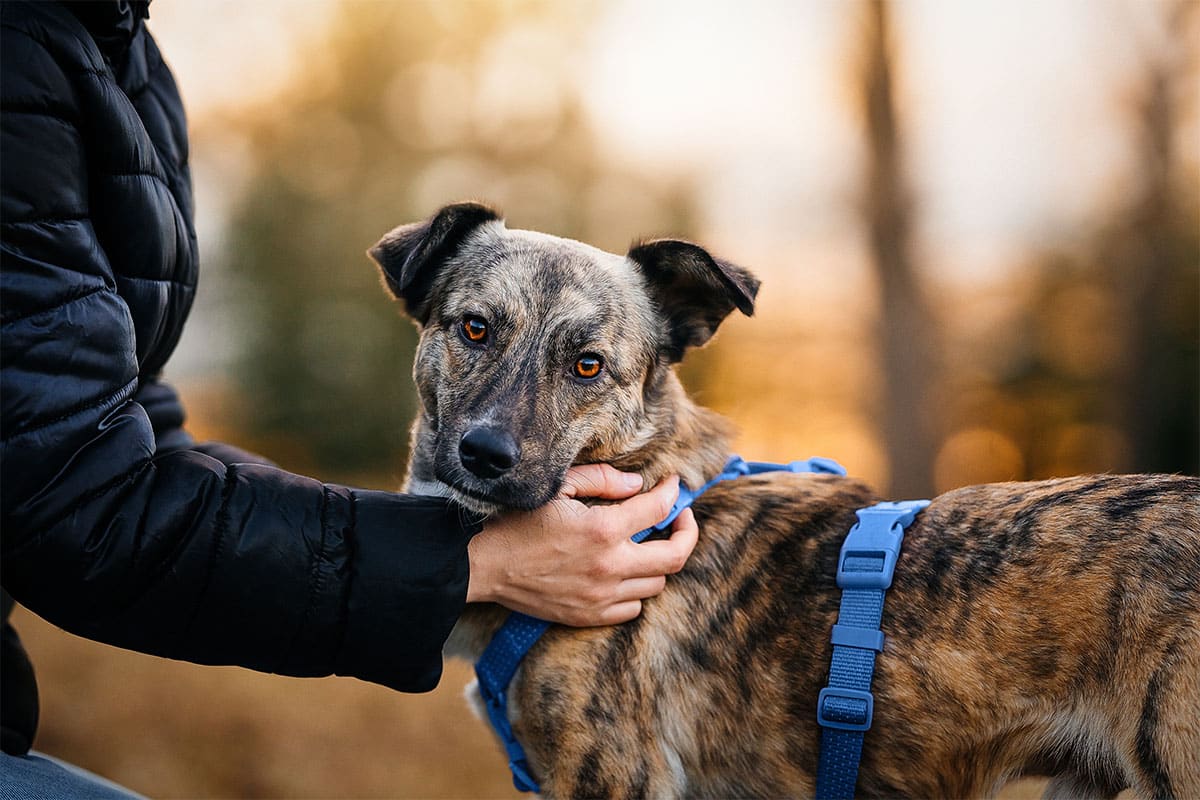
 English (US) ·
English (US) ·